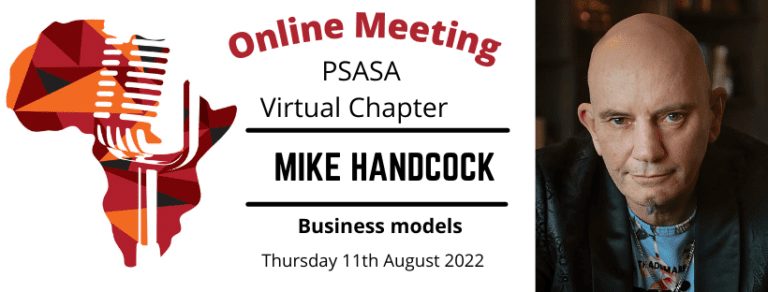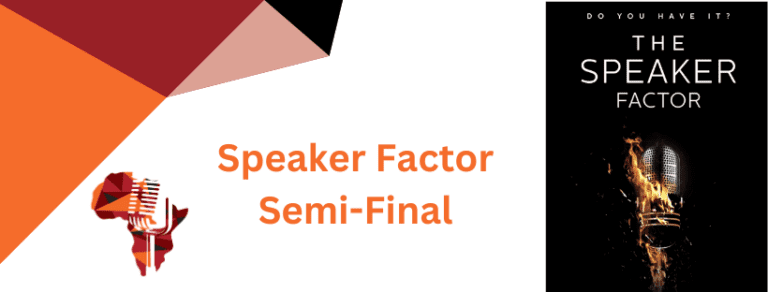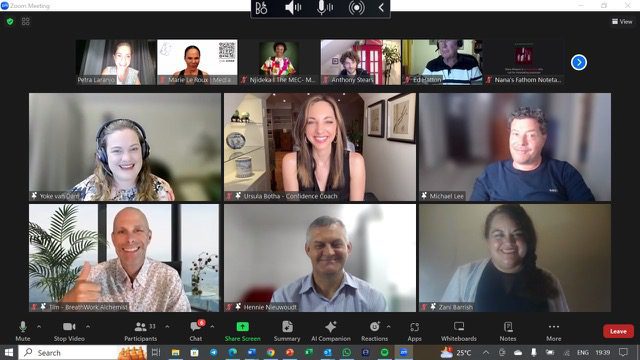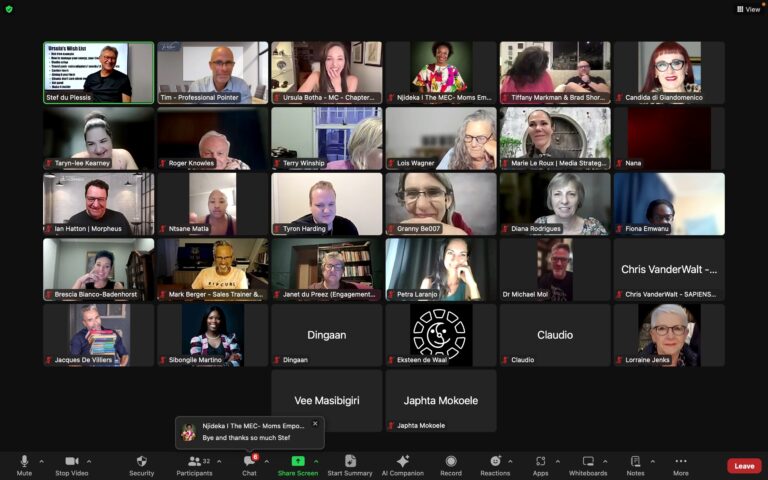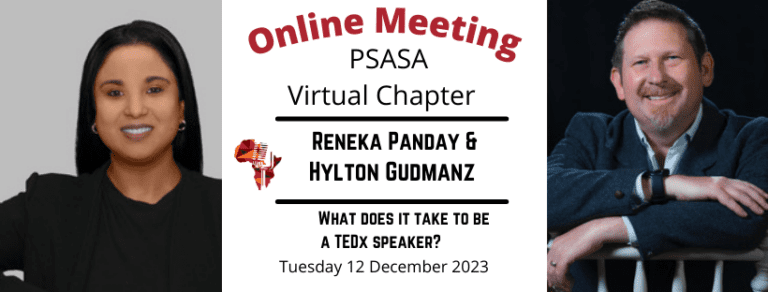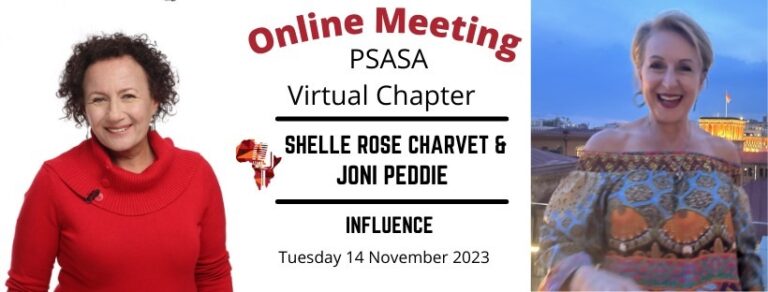What if your influence, impact and income as a speaker were not limited to your speaking engagements? What if every appearance you made on stage could amplify your authority — and revenues? At the PSASA Virtual Chapter meeting on 11 August, multiple award-winning speaker, bestselling author and trailblazing entrepreneur Mike Handcock showed speakers exactly how this is possible.
Growing a speaking business against all odds
After the 2009 economic crash, many speakers were giving up because they would not accept lower speaking fees. Mike took a controversial approach — and tripled his revenues. How? He accepted any opportunity to speak, with one condition. He wanted the opportunity to mention (not pitch) his other offerings from the stage. The results speak for themselves. But how did he do it?
The speaking business model for growth (in any conditions)
Mike’s speaking business model left the Virtual Chapter galvanised. Here are the key takeaways.
The Value Waterfall
The key to increased revenues from the stage is to offer something any audience member can access. The Value Waterfall is a range of offerings at different price points that can serve different members of the audience. Each tier has an increasing level of involvement from the speaker — at a higher price point.
- No speaker involvement, low investment:
Examples: Free downloads like a white paper or case study; digital products; books
- Low speaker involvement, medium investment:
Examples: Teaser events; online courses; membership programs; retreats; keynotes
- Intensive speaker involvement over a limited time, high investment:
Examples: Personal coaching; licensing; premium memberships; shareholding
Know your audience (better than ever)
- Customise to each audience as far as possible. Great results follow when a speaker serves those who are present based on their needs. This way, even a small turnout can work to your advantage.
- Truly understand your ideal client (“avatar”) beyond the demographics: speak to their psychographics.
- Devote time to research before developing products to ensure their success.
- Test products with a pilot version, gaining feedback to perfect each offering.
Timing is everything
- Avoid the trap of the end-of-speech sales pitch. It is less effective and detracts from your impact.
- Meaningfully weave mentions of your offerings into the presentation. Demonstrate points by linking them to a product, such as a brief reading from your book.
- If there is a stronger pitch, place it two-thirds into the presentation rather than at the end.
The ONE THING that increases speaker revenues
Mike’s final advice left each speaker with a challenge. If there is ONE THING that will have the biggest impact on a speaker’s revenues, it is this:
Have sales meetings. Consistently.
With a strategy like this one, those meetings are sure to deliver results.
By Marie-Thérèse Le Roux

